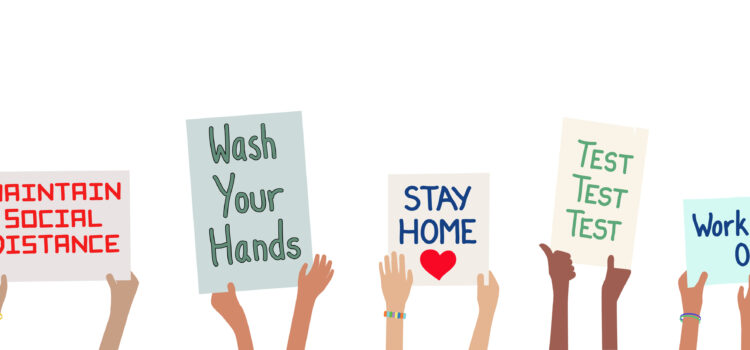
The number of young children being admitted into hospitals for COVID related reasons seems to be rising and are at the highest level according to data released on Friday by the Centers for Disease Control and Prevention.
This may be a result of the Omicron variant and because a lot of young children are yet to be vaccinated.
“Sadly, we are seeing the rates of hospitalizations increasing for children ages zero to four, who are not yet currently eligible for COVID-19 vaccination,” said Rochelle Walensky, Director of the CDC. “It’s critically important that we surround them with people who are vaccinated to provide them protection.”
The Delano Union Elementary School District is providing COVID-19 rapid test kits from Governor Newsom’s office that will be distributed for student use. Parents are encouraged to pick one up at the school site and test their children on Monday, January 10 before going back to school.
All DUESD staff are also required to get tested before going back to work on January 11 to take extra precautionary measures. All staff will be required to wear the KN95 masks moving forward.
DUESD Superintendent Rosalina Rivera said we will all need to do our part to stop the spread of the virus-now more than ever. DUSD has put multiple measures in place to keep students and staff healthy and safe.
The CDC updated its schools guidance on January 6, and overemphasizes the fact that it’s possible to limit COVID-19 transmission even during an outbreak, if taking the proper precautions.
Walensky said schools should limit quarantines by requiring testing for unvaccinated close contacts of a confirmed COVID-19 case.
“In the ‘test to stay’ protocol, there’s increased testing of close contacts after a COVID-19 exposure, and that testing needs to be at least twice in the seven-day period after exposure,” said Walensky. “If exposed children meet a certain criteria and continue to test negative, they can stay in school instead of quarantining at home.”
The CDC updated Guidance for COVID-19 Prevention in K-12 Schools:
- Students benefit from in-person learning, and safely returning to in-person instruction continues to be a priority.
- Vaccination is the leading public health prevention strategy to end the COVID-19 pandemic. Promoting vaccination can help schools safely return to in-person learning as well as extracurricular activities and sports.
- CDC recommends universal indoor masking by all* students (ages 2 years and older), staff, teachers, and visitors to K-12 schools, regardless of vaccination status.
- New CDC guidance has reduced the recommended time for isolation and quarantine periods to five days. For details see CDC’s page on Quarantine and Isolation.
- In addition to universal indoor masking, CDC recommends schools maintain at least 3 feet of physical distance between students within classrooms to reduce transmission risk. When it is not possible to maintain a physical distance of at least 3 feet, such as when schools cannot fully re-open while maintaining these distances, it is especially important to layer multiple prevention strategies, such as screening testing.
- Screening testing, ventilation, handwashing and respiratory etiquette, staying home when sick and getting tested, contact tracing in combination with quarantine and isolation, and cleaning and disinfection are also important layers of prevention to keep schools safe.
- Students, teachers, and staff should stay home when they have signs of any infectious illness and be referred to their healthcare provider for testing and care.
- This guidance emphasizes implementing layered prevention strategies to protect students, teachers, staff, visitors, and other members of their households and support in-person learning.
- Localities should monitor community transmission, vaccination coverage, screening testing, and occurrence of outbreaks to guide decisions on the level of layered prevention strategies (e.g., physical distancing, screening testing).